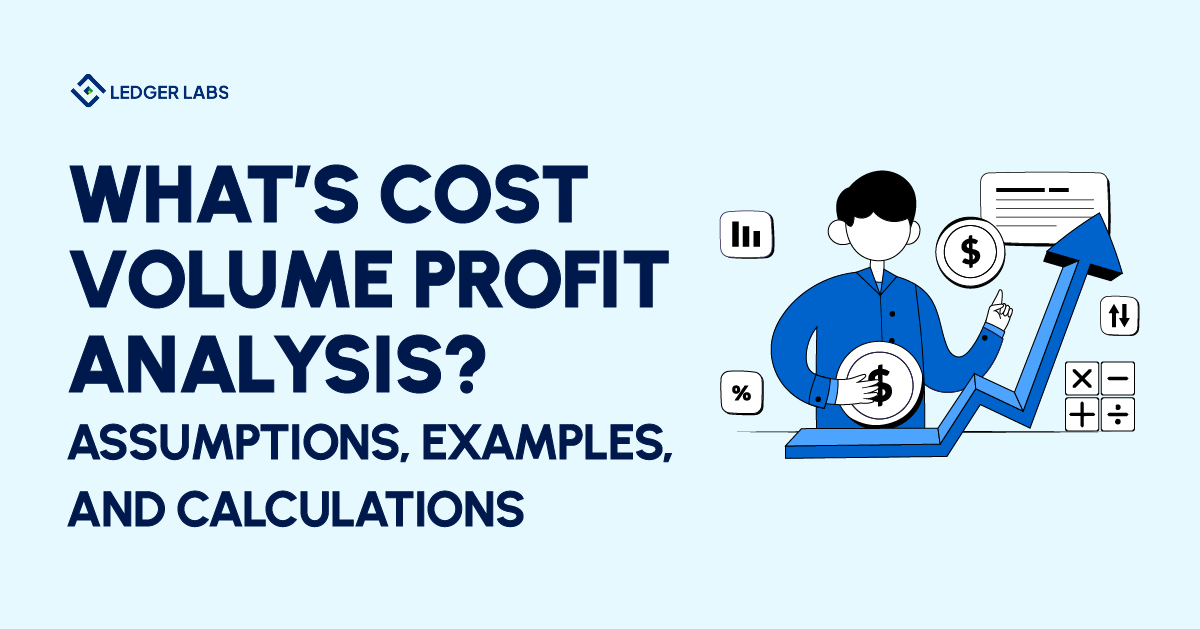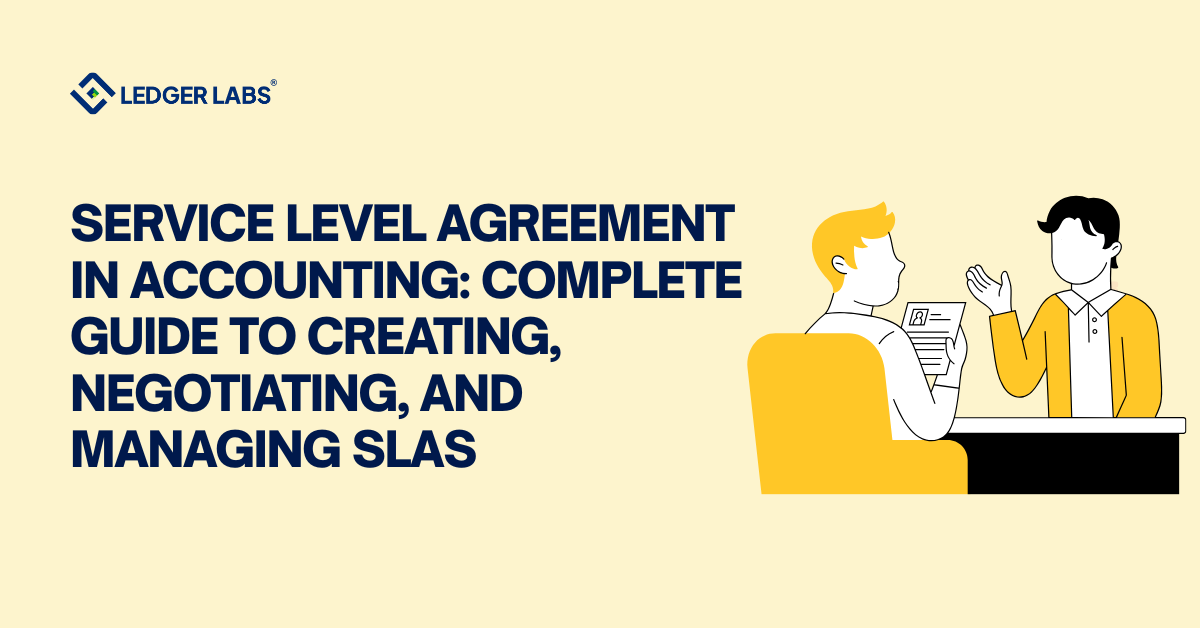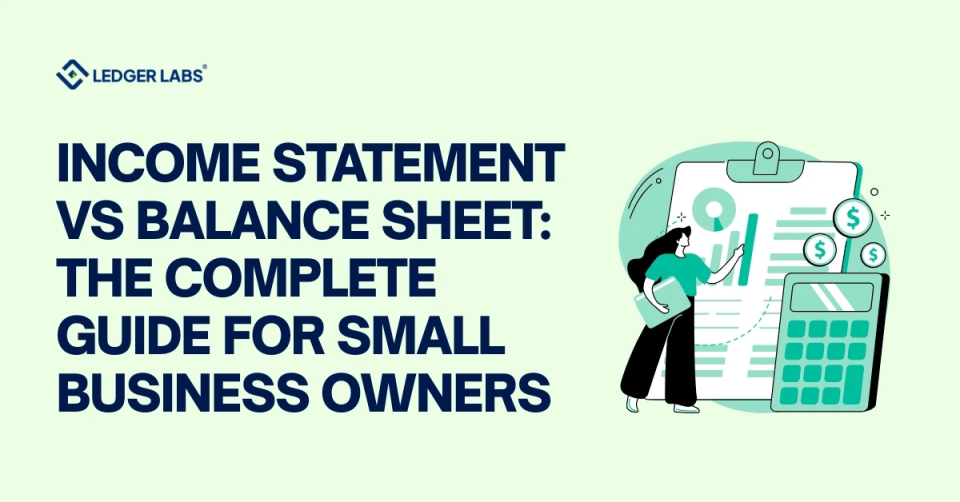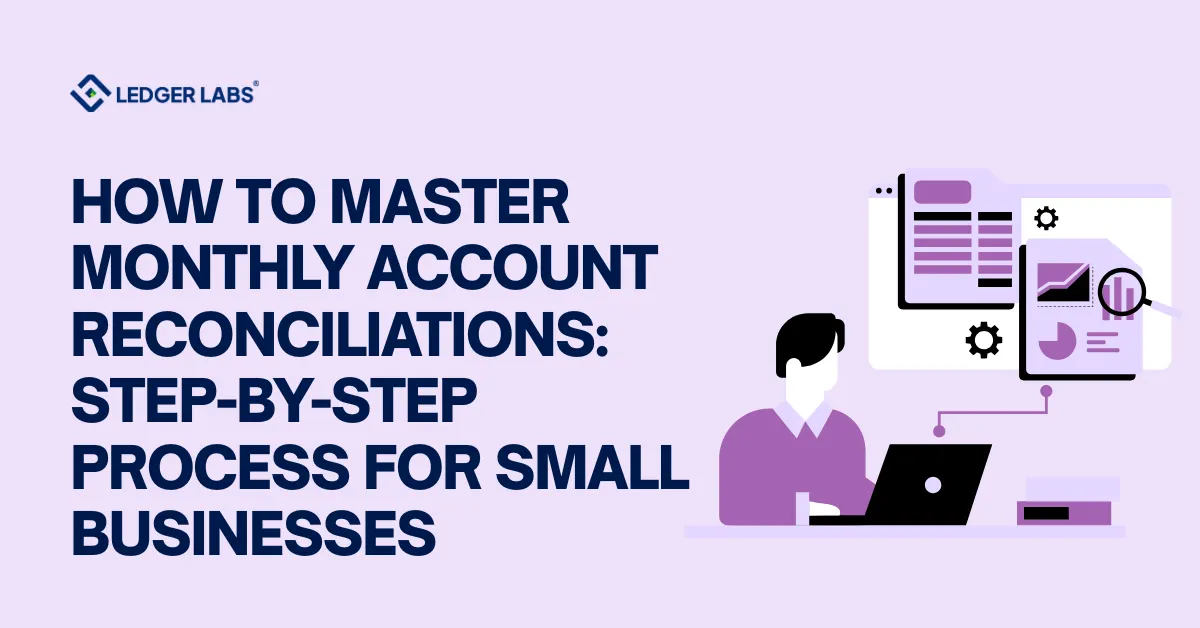Have you been wondering whether your business is on the right track financially?
This is where the concept of Cost-Volume-Profit (CVP) analysis stems from.
But, what is a Cost-Volume-Profit analysis? If you want to know in layman’s language, then it is basically a “health check-up” of your business to check whether it is making money.
Moreover, it helps you get a brief idea of how your production costs and sales figures are impacting the nature of your profits.
This makes it an integral component for everyone, be it a large business owner or a small one.
If you want to make wise business decisions, then don’t let this term slip away anytime soon.
That is because this is one of the fundamentals that help you make sound decisions about your company’s future. So, let’s explore what CVP analysis comprises and how to get the most out of it.
What is a Cost Volume Profit Analysis?
Have you ever asked yourself any of these questions?
- How many units do I need to sell to cover all my costs (break even)?
- What is the potential profit margin if I sell a particular quantity?
- What happens if I increase or decrease prices? How is that going to influence my profit?
CVP analysis, also known as break-even analysis, is all about having a good grip on how your costs, the products you sell, and profits are linked to one another. In simple words, it shows your breakeven point, which is the point at which you are neither losing money nor making it. This is especially great for managers making short-term decisions.
But, that brings us to the next question, what goes into the CVP analysis? Well, a number of things, actually. From your sales prices, the variable costs (the prices that change with production), the fixed costs (the costs that do not change), and the total number of products you are selling. As a result, all these factors merge together to impact your bottom line, which is, your profit.
What makes this important? Primarily, profits are not random events. They depend on diverse factors, especially the number of items you are selling plus the cost of its production. In addition, production volume determines sales volume, which in return is associated with costs that are mainly impacted by a number of factors, including product mix, internal business efficiency, production method, and others. Moreover, CVP analysis can help you find out the relationship established between cost and revenue to yield a profit.
But, there’s no doubt that you cannot predict sales as easily as people say. In that case, you need to use past data and conduct detailed market research to understand the product demands of businesses. This is where you would need CVP analysis. It can help you big time in understanding how many items you must sell to entirely fulfill your costs – no more or no less.
Have questions regarding CVP analysis?
Consult our expert accountants!
Assumptions of CVP Analysis
CVP analysis is a major tool that several business managers use to monitor how costs, sales, and profits are associated with one another at different production levels. But, just like most things are not perfect, this isn’t too. Why? Because it makes some assumptions. Let’s give you some clarity:
1. Constant sales price and variable cost per unit
CVP, in all cases, considers that the selling price and costs of every unit remain the same, regardless of how much you gain or sell. However, unquestionably, the prices and costs can vary due to evolving competition, demand, or material expenses. That means, lowering your prices in an attempt to attract more clients or raising the cost of materials could interfere with your profit objectives.
2. Linear total fixed cost
In this case, it considers that fixed costs (such as salary, wages, or rent) do not fluctuate or change with production levels. However, in reality, these costs can definitely move up or down with time as well. For instance, if you are producing way more products than before, you may have to endure higher maintenance costs.
3. One product or a consistent sales mix
CVP analysis usually assumes a single product or a stable combination of products. However, most businesses sell numerous items. This can change the whole game plan. That is because every product comes with its own costs and profit margins. It is enough to change the overall picture of your finances.
4. No external factors
Did you know that it also excludes external factors, such as market trends, new laws, or technological breakthroughs? This can cause chaos and impact your business for good. For instance, you may end up losing retainer customers to a new business or paying more in taxes.
Therefore, while it does offer a general idea, CVP is not always accurate because business circumstances can change over time.
Related Articles:
- How Much Does Online Bookkeeping Charge? A State-wise Price List
- Learn Reading A Balance Sheet With Examples
- Should You Hire a Controller or a CFO and Why?
- What is Cash Reconciliation and its Benefits for a Business?
- What is Balance Sheet Reconciliation and Its Importance in a Business?
- Exploring Income Statement and Balance Sheet in Detail
Components of Cost-Volume-Profit Analysis
There are several components of cost-volume-profit analysis that you need to be aware of. Here’s a broader look at it:
- Fixed costs: These costs can end up remaining the same, regardless of how much you are selling or producing. For example, you can assume it is your office rent or electricity bill, which you need to pay, despite not selling a dime.
- Variable costs: These costs actually fluctuate in nature, depending on the quantity of sale of production. For example, the more you gain, the more material you would need. That means, expenses like raw materials and salaries may soar as well.
- Contribution margin: This figure indicates the remainder from sales after the variable costs have been cut out. It is basically the amount that goes towards satisfying your fixed costs and, then, to your profits – once covered.
- Contribution ratio: This ratio can give you a heads-up of how much of each sale is remaining after fulfilling variable costs. Moreover, it also helps you understand how efficiently your sales contribute to satisfying fixed expenses and yielding profit.
- Sales volume: This indicates the total number of products that are sold for a specific timeframe. When you track sales volume, you can understand the major trends going on, plus be able to forecast future sales. Read more about financial forecasting software here.
- Target profit analysis: This indicates the amount a business needs to sell in dollars to get to an exact profit. It’s one of the primary parts of CVP analysis and is highly helpful for planning once you crunch the numbers.
- Break-even point: This is one of the most important terms on the list. That is because it takes place when your total revenue matches point-to-point with your total costs. In this stage, you are not losing any sort of money, but you are not making it either.
- Selling price: This price, as the name suggests, is the amount your customers are paying for each product. Setting the accurate selling price is indispensable as it impacts your revenue and the time till which you reach the break-even point.
Calculations in Cost-Volume-Profit Analysis
Now that you know the components, let’s have an in-depth look at the calculations in Cost-Volume-Profit analysis.
Break-even point calculation:
The formula for break-even point calculation is: Fixed Costs / (Sales Prices Per Unit – Variable Costs Per Unit)
In this formula,
- Fixed costs: These costs usually do not change as frequently, such as rent, electricity bills, wages, or other monthly utilities.
- Sales price per unit: This is basically the price you are charging for one product.
- Variable costs per unit: These are the costs that fluctuate on the basis of how much you are yielding, such as labor or raw materials.
You can use this formula to calculate the number of units you must sell to pay for all of your expenses.
Therefore, let’s have a brief look at the calculation for variable costs:
Thus, Total Variable Costs / Total Units Produced
As a result, this indicates the average cost for each produced unit, on the basis of your total variable costs.
Contribution margin calculation:
Regarding the calculation of the amount:
Contribution Margin = Net Sales Revenue – Variable Costs
Or,
Contribution Margin = Fixed Costs + Net Income
Now, in order to compute the ratio, we have:
Contribution Margin Ratio = (Net Sales Revenue – Variable Costs ) / (Sales Revenue)
To understand it better, let’s look at a brief example. But, before that, here’s what you need to know:
Assume a boutique café that has sold 20,000 bags of its special blend during the very first quarter. Now, each bag is worth $25. Meanwhile, the costs to produce each bag, including packaging, beans, and labor, come to $10. Plus, there are several more variable expenses, such as, marketing and distribution which are worth $5 per bag.
Therefore, here is what we know till now:
- Selling Price / bag = $25
- Variable Costs per Bag can be shown as = (Manufacturing + Selling/Administrative): $15 ($10 for manufacturing + $5 for selling/administrative)
- Contribution Margin per Bag: $10 (Selling Price – Variable Costs)
- Total Contribution Margin: $200,000 (Contribution Margin per Bag x Total Units Sold)
- Contribution Margin Ratio: 0.40 or 40% (Contribution Margin per Bag / Selling Price per Bag)
What does this imply?
This clearly indicates that, for each coffee bag sold, $10 goes straight to satisfying fixed costs and profit. In addition, 40% of the selling price covers the fixed expenses and earnings. This little café is gaining momentum, and a sizable amount of every purchase goes toward supporting its expansion and stability.
Target profit analysis calculation:
Let’s look at the target profit formula:
Sp × Q = Ve × Q + Fe + Tp
or
SpQ = VeQ + Fe + Tp
Herein,
- Sp = Sales price per unit
- Q = Quantity of units that must be produced and sold during the time frame
- Ve = Variable costs associated with producing and selling a single unit of product
- Fe = Total fixed expenses for the period
- Tp = Target profit for the period
Let’s consider an example to understand the equation better.
Here is an illustration of how to determine the target profit using CVP analysis:
A business, Comfort Quilts, is a well-known boutique that produces handcrafted quilts and comforters. Now, the in-house finance team is planning to hit a profit of $120,000 for the fourth-quarter. In order to reach this goal, the finance team uses Cost-Volume-Profit (CVP) analysis to understand the quantity of quilts they must sell. These are the details they found out:
- Target profit = $120,000
- Time period = Fourth quarter
- Contribution margin = $25 per quilt
- Fixed costs = $20,000 per quarter
Now, they are putting in place the CVP analysis formula = (target profit + fixed costs) / contribution margin per unit = required sales volume
When calculating it, we get: ($120,000 + $20,000) / $25 = 5,600
Hence, Comfort Quilts needs to sell 5,600 quilts during the fourth quarter if they want to hit their target profit goal of $120,000.
Advanced Applications of CVP Analysis
While traditional CVP analysis gives us deep insights, advanced applications can offer an enormous understanding of cost, volume, and profit relationships. So, without further ado, let’s look at it in detail:
Sensitivity Analysis
This is basically a technique that helps assess the impact of changes in key variables on a CVP analysis outcome. In fact, it questions “what-if” scenarios to understand how gradual changes in selling price, variable cost per unit, or fixed costs may affect the break-even point and total profitability.
Margin of Safety
The margin of safety is a measure of how far a business can fall in sales before hitting the break-even point (no profit, no loss). It basically determines how much “cushion” a company has between its current sales level and the break-even point.
Calculating the Margin of Safety:
The margin of safety can be calculated by deducting the break-even point from the current sale. Then, we need to divide the result by the current sale.
Here is its formula:
Margin of Safety = (Current sales level – Breakeven point) / Current sales level x 100
or,
The Margin of Safety (MOS) = 1 − (Current Share Price / Intrinsic Value)
Want help with advanced CVP analysis?
Don’t hesitate to consult our accounting experts!
Limitations of CVP Analysis
Just as CVP analysis has its own set of benefits, there’s no doubt that it equally comes packed with certain limitations. Let’s have a look at each one of them:
- As it relies on multiple assumptions, CVP analysis must always be considered as a rough estimate, not an exact calculation. It involves making educated guesswork and rounding numbers to gather necessary information.
- This model assumes that total sales costs have a straight-line relationship. But, as you can guess, it may not always be the case. For instance, a business may have lower variable cost per unit with an increased production. As you know, this can be due to improved operational efficiency, too.
- This analysis usually applies within a certain operational scope as it presumes continuous productivity and operational efficiency. But, this case is not always as sound, especially across different activity levels.
- CVP analysis considers costs neatly segregated into fixed and variable sections. However, this distinction is typically challenging to obtain in real-world case studies.
Related Articles:
- 12 Benefits of Online Bookkeeping Services For Your Business
- What Does a Bookkeeper Do?
- Single-Entry or Double-Entry Bookkeeping: Which One Should You Choose?
- Unveiling the Secrets of Small Business Profit and Loss Statement
- All about Net Income and Gross Income: Formula, Templates, Tips and more
- What is Cash Burn Rate and How to Calculate it?
In Summing Up
Several businesses find it difficult to forecast how their business activities will affect the bottom line. In fact, 34% of entrepreneurs have mentioned that they struggle with forecasting their cash position, revenue, and profits. Read more about forecasting models here. But, as you know, it is incredibly important for sustained growth and stability. This is where the idea of CVP analysis stems from.
With it, businesses can understand the tricky dynamics of their operations. CVP analysis helps to break down costs into classifications that are easier to predict and tackle. Although it isn’t as perfect as you would imagine, it does provide an integral starting point.
Thus, CVP analysis may not have all the answers you are looking for, but it does provide an overall picture of how well your business is doing financially. In fact, many business owners use it to move into the market with greater confidence and insight.
So, that’s about it until next time. If you have any more questions about what is cost volume profit analysis, don’t hesitate to get in touch with experts who have more than 12 years of experience. Contact The Ledger Labs today and get all the solutions you are looking for under one roof.












